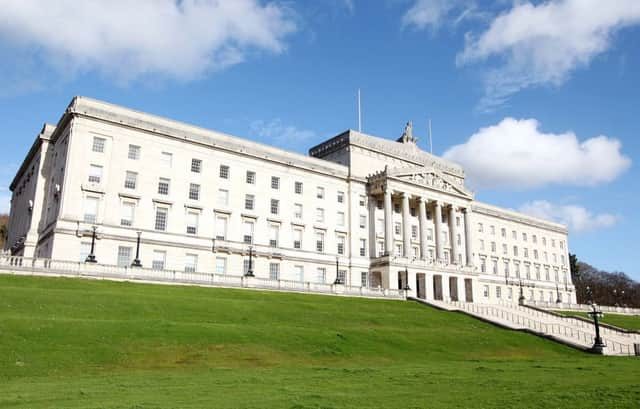Political impasse is not helping NI's jobless


A 5.3% the figure for January to March 2017 remains unchanged on the previous quarter.
However, the data also reveals that the employment rate fell and the inactivity rate increased over both time periods, sending mixed signals over the nature and strength of the economic recovery.
Advertisement
Hide AdAdvertisement
Hide AdThe figures prompted a renewed call from business grup the FSB for the local parties to form an Executive and get on with the job of running the province.
“Today’s figures highlight the direct impact that political uncertainty has on the overall economy,” said FSB Policy Chair for Northern Ireland Wilfred Mitchell.
“The ongoing impasse at Stormont is not only putting public sector jobs in jeopardy, but many small businesses that provide goods and services to the public sector are deeply concerned about their future prospects, with a consequent impact on employment.”
He said the number of small businesses reporting increases in their operating costs is at its highest since 2013.
Advertisement
Hide AdAdvertisement
Hide Ad“It is essential that our political representatives get back to business in Stormont and back our small businesses which, according to FSB and Ulster Business School research, employ more than the public sector and larger companies combined.”
Danske Bank Economist Conor Lambe said both the quarterly fall in the employment rate and the rise in the inactivity rate both represent ed quite large movements. “However, these changes are from a relatively high employment rate and low inactivity rate in the fourth quarter of 2016.
“One thing this data does emphasise is the challenge posed to the Northern Ireland economy by economic inactivity.
“Northern Ireland’s economic inactivity rate is the highest of the twelve UK regions. This represents an underutilisation of resources, particularly given that 22 per cent of the working-age inactive would like to have a job. Helping these people to move into employment needs to remain a key policy objective in Northern Ireland.”
Advertisement
Hide AdAdvertisement
Hide AdDr Esmond Birnie, senior economist at the Ulster University Economic Policy Centre had a straightforward view.
“Crucially, Northern Ireland’s employment rate, the percentage of those aged 16 to 64 in work, has gone down.
“As we noted last month, today’s employment rate in Northern Ireland has hardly grown from what it was immediately before the banking crisis in 2007-8.
“The Executive’s long term economic policy has tended to be based on two objectives- getting a larger percentage of people into work and, second, getting more of those people into more productive/higher paid jobs.
“Evidence like today’s suggests that the first of these targets is being missed, as is the second target, too.”